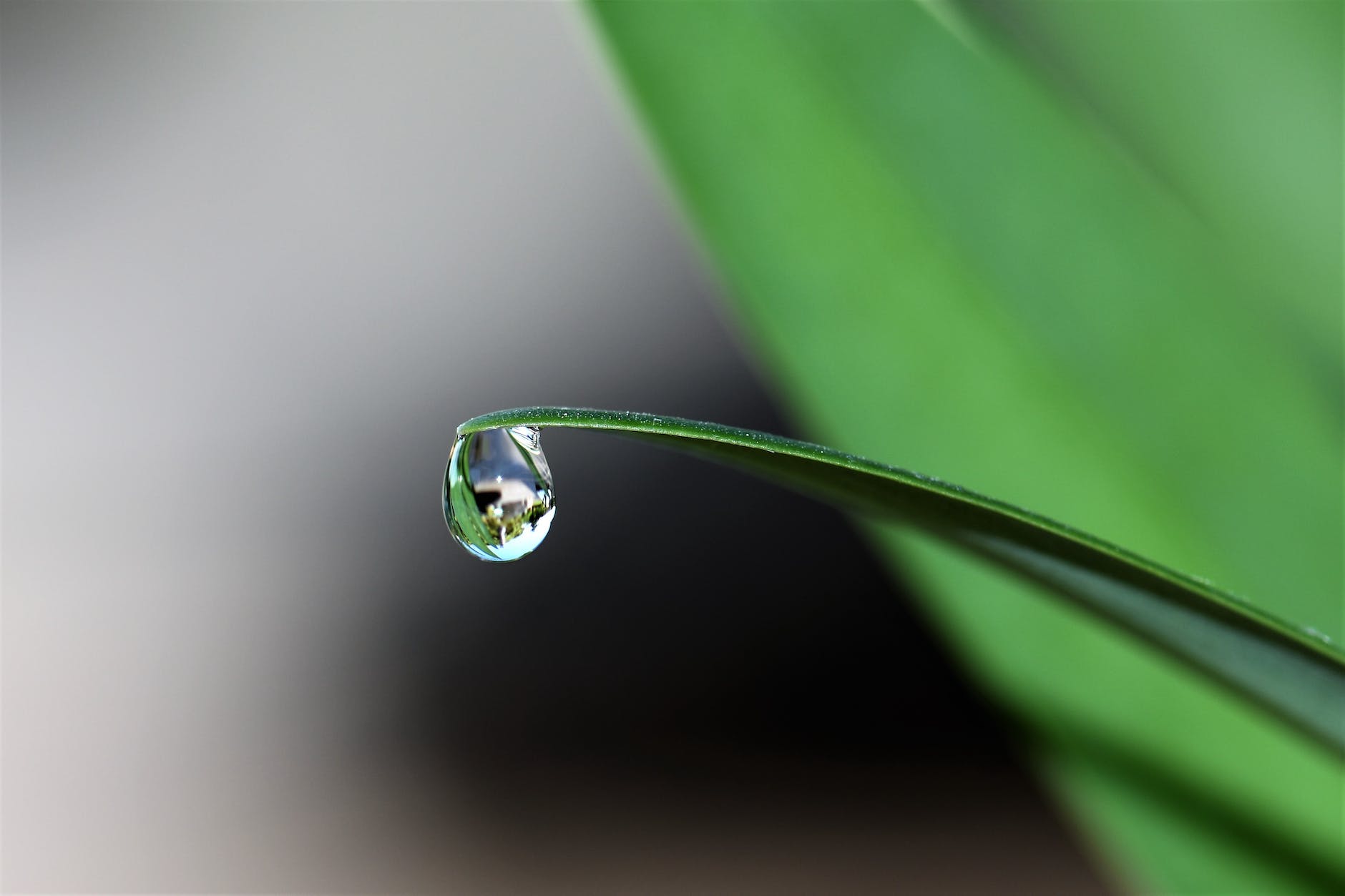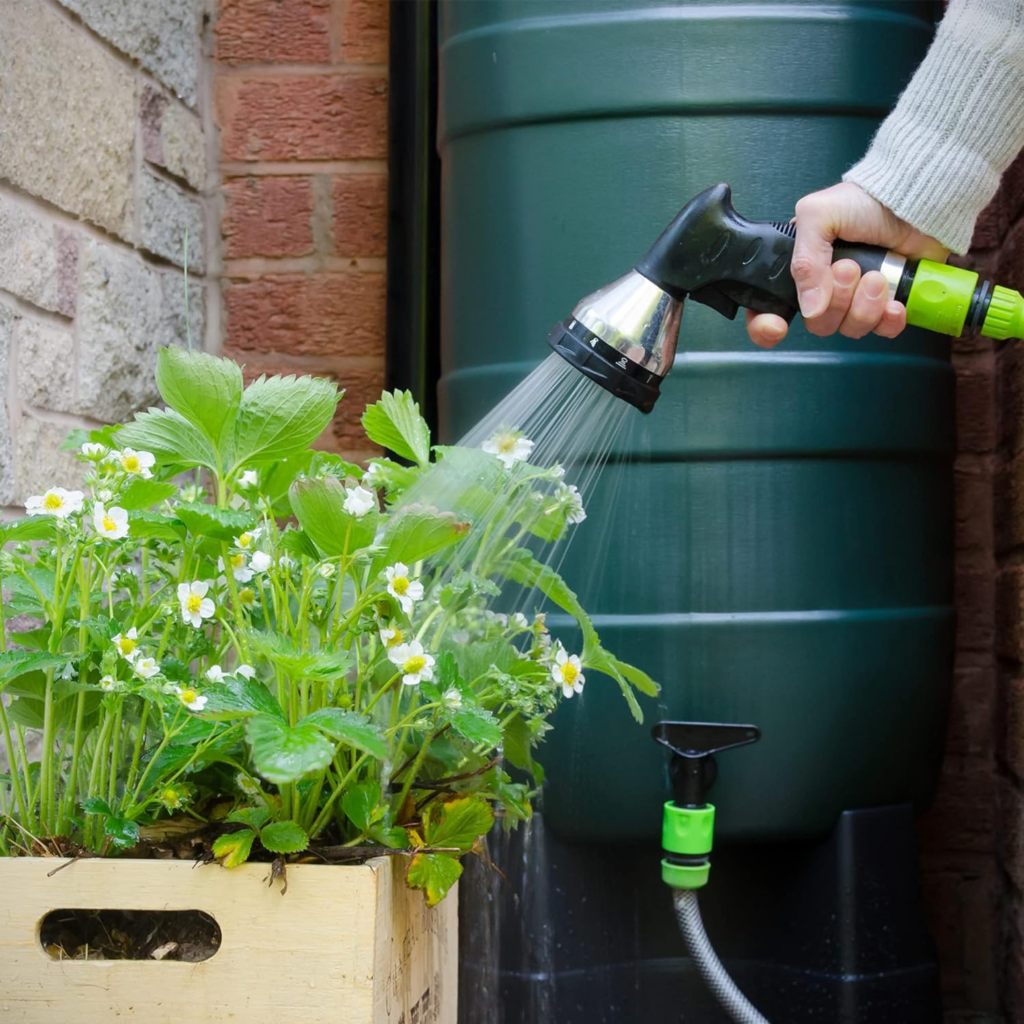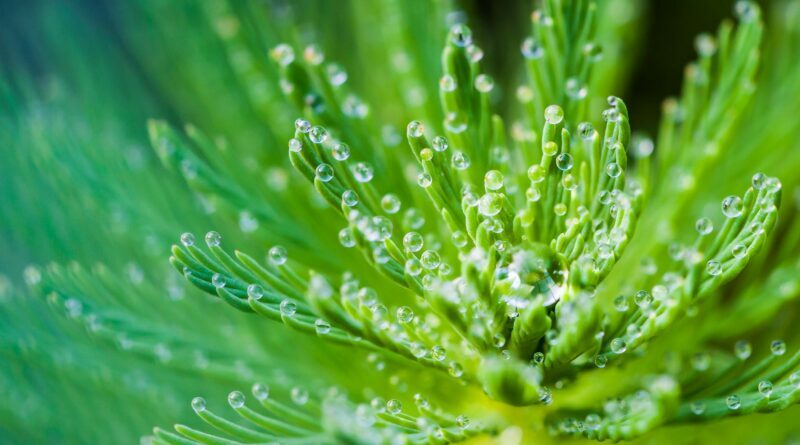Rainwater Harvesting on an Allotment: A Practical Guide to Sustainable Gardening and Plant Care
Rainwater harvesting is an increasingly popular and sustainable practice that allows gardeners to make use of a free and natural water source to nourish their plants. This method involves collecting rainwater from roofs, gutters, and other surfaces, and then storing it for later use in your allotment garden. Not only does rainwater harvesting help lower your water bills, but it also offers numerous benefits for your garden and the wider environment.
One of the primary advantages of rainwater harvesting is that it helps conserve natural resources. By collecting and using rainwater, you can reduce your reliance on treated tap water and help ease the strain on municipal water systems, particularly during periods of drought. This practice also aligns with a broader commitment to environmental sustainability, as it decreases energy usage associated with water treatment and distribution.
Another notable benefit of rainwater harvesting is the positive impact on your plants. Rainwater is naturally soft and free from the chlorine, fluorine, and other chemicals found in tap water, providing your plants with a more natural and beneficial source of hydration. This can lead to healthier plants, increased resilience to pests and diseases, and improved growth and yields.
In this blog post, we will delve into the many advantages of rainwater harvesting in more detail and guide you through the process of setting up a rainwater harvesting system in your allotment garden. Whether you are an experienced gardener or new to the practice, this guide will help you take a step towards more sustainable and cost-effective gardening methods. Let’s get started!

Benefits of Rainwater Harvesting on an Allotment
- Cost-Effective:
Collecting rainwater can help reduce water bills, which is especially important for those with larger allotments or in areas with limited access to water. When you collect rainwater in a tank or barrel, you have a free source of water that you can use to irrigate your plants instead of paying for it from the municipal supply. - Sustainable:
By collecting rainwater, you are conserving natural resources and reducing the demand on the municipal water supply. This is important because as the population increases, the demand for water also increases, and the municipal water supply may not be enough to meet everyone’s needs. - Healthy Plants:
Rainwater is free of the chemicals and additives found in tap water, making it a healthier option for plants. Plants that are watered with rainwater are less likely to suffer from the accumulation of salts and other minerals found in tap water, which can harm the roots and affect plant growth. - Reduced Soil Erosion:
Collecting rainwater can help reduce soil erosion by slowing down the flow of rainwater and allowing it to seep into the soil. This is especially important for allotment gardens that are located on sloping land, as rainwater can quickly wash away the topsoil and cause damage to plants. - Easy Maintenance:
Once installed, a rainwater harvesting system requires little maintenance and can provide a reliable source of water for years to come. The only maintenance required is to periodically clean the filter and the tank to prevent the buildup of debris and other contaminants.

Setting Up a Rainwater Harvesting System
Step 1: Assess Your Needs
Before setting up a rainwater harvesting system, it’s important to assess your needs. Determine how much water you’ll need to collect and how you plan to use it in your garden. This will help you determine the size and capacity of your rainwater harvesting system. A good rule of thumb is to collect at least 50 gallons of water for every 100 square feet of garden space.
Step 2: Choose Your Collection Method
There are several methods for collecting rainwater, including gutters, downspouts, and rain barrels. Choose a method that works best for your allotment garden and make sure to position it in an area where it will receive the most rainfall. If you have a large allotment, you may need to use multiple collection points to ensure that you collect enough water.
Step 3: Install a Filter
It’s important to filter out any debris or contaminants that may be present in the collected rainwater. Install a filter at the entry point of your rainwater harvesting system to ensure that the water is clean and safe to use. A basic filter can be made from a piece of mesh or screen that fits over the opening of your collection point.
Step 4: Add a Storage Tank
Once the rainwater is collected, it needs to be stored in a tank. Choose a tank that is large enough to store the amount of water you’ll need, and make sure it is made of food-grade material to prevent contamination. Tanks come in various sizes and shapes, and some are designed to fit in small spaces, such as under a deck or in a shed. I highly recommend the 250L Water Butt XL with Stand & Tap for efficient rainwater harvesting on your allotment.

Step 5: Install an Overflow System
In the event of heavy rainfall, it is important to have an overflow system in place to prevent flooding. Install an overflow pipe or hose that directs excess water away from your garden and into a nearby drainage area or other collection point.
Step 6: Connect Your System to Your Garden
Finally, connect your rainwater harvesting system to your garden. Use a hose or irrigation system to distribute the collected water to your plants. Make sure to water deeply and evenly to promote healthy plant growth.
Rainwater harvesting is a simple and effective way to conserve water, reduce water bills, and promote healthy plant growth on an allotment. By following these steps and setting up a rainwater harvesting system in your garden, you can enjoy the benefits of free, clean water for years to come. Rainwater harvesting embodies the principles of sustainability and environmental stewardship, aligning with the ethos of allotment gardening and promoting a deeper connection to the natural world. By harnessing the power of rainwater, you’re not only conserving a precious resource but also contributing to the health and vitality of your garden ecosystem. For efficient rainwater harvesting on your allotment, I recommend the 250L Water Butt XL with Stand & Tap Garden Waterbutt Barrel.
So, whether you’re a seasoned allotment gardener or just starting out, consider implementing a rainwater harvesting system in your garden and reap the rewards of free, clean water for years to come. Happy gardening!




